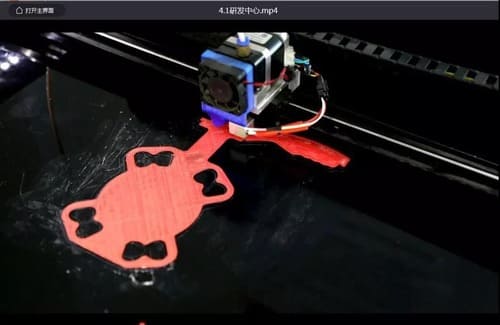Overview
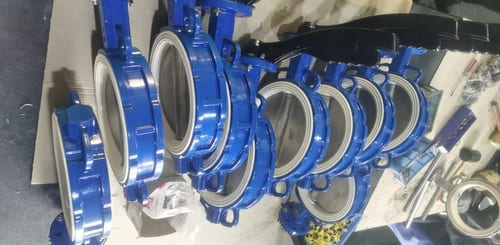
The valve disc of the handle butterfly valve is installed in the diameter direction of the pipeline. In the cylindrical passage of the butterfly valve body, the disc-shaped valve plate rotates around the axis, and the rotation angle is between 0°-90°. When the rotation reaches 90°, the valve is in a fully open state. This valve is generally installed horizontally.
The handle butterfly valve is used as a flow control, the main thing is to choose the size and type of the valve correctly. The structure principle of butterfly valve is especially suitable for making large-diameter valves. Butterfly valves are not only widely used in general industries such as petroleum, gas, chemical, and water treatment, but also used in cooling water systems of thermal power stations.
Commonly used butterfly valves include wafer type butterfly valves and flange type butterfly valves. Wafer type butterfly valve is to connect the valve between two pipe flanges with stud bolts. Flange type butterfly valve is with flange on the valve, and the two ends of the valve are flanged to the flange of the pipe with bolts.
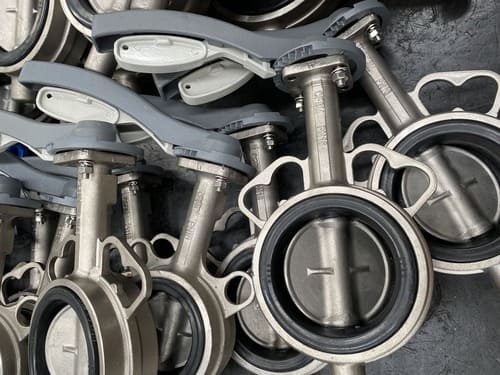
Features
1. The manual butterfly valve is simple in structure, small in size and light in weight, and consists of only a few parts.
2. It can be opened and closed quickly by rotating 90°, and the operation is simple.
3. It has good fluid control characteristics. When the butterfly valve is in the fully open position, the thickness of the butterfly disc is the only resistance when the medium flows through the valve body, so the pressure drop generated by the valve is very small, so it has better flow control characteristic.
4. Compact and reasonable structure, small operating torque, rapid and flexible opening and closing, small flow resistance, large flow coefficient and easy maintenance and use.
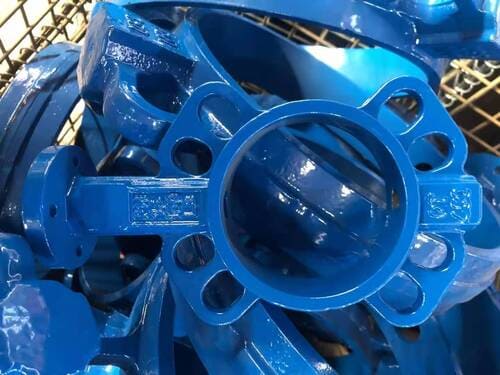
Main purpose and scope of use
Used in the gas pipeline in the sulfuric acid industry: the inlet and outlet of the blower in front of the furnace, the inlet and outlet of the relay fan, the electric demisting series and the connecting valve, the inlet and outlet of the main blower, the adjustment of the converter, the inlet and outlet of the preheater, and the use of cut-off gas volume.
It is used in the sulfur burning, conversion and dry absorption sections of the sulfur-burning sulphuric acid plant. It is the preferred valves for the sulphur-burning sulphuric acid plant. It is regarded by the majority of users as: good sealing performance, light operation, secondary corrosion, high temperature resistance, convenient operation, The flexible, safe and reliable butterfly valve has been widely promoted and used.
It is also widely used in: SO2, steam, air, gas, ammonia, CO2, oil, water, brine, lye, sea water, nitric acid, hydrochloric acid, sulfuric acid, phosphoric acid in the chemical, petrochemical, smelting, pharmaceutical, food and other industries It is used as a regulating and intercepting device on the pipeline of other medium.
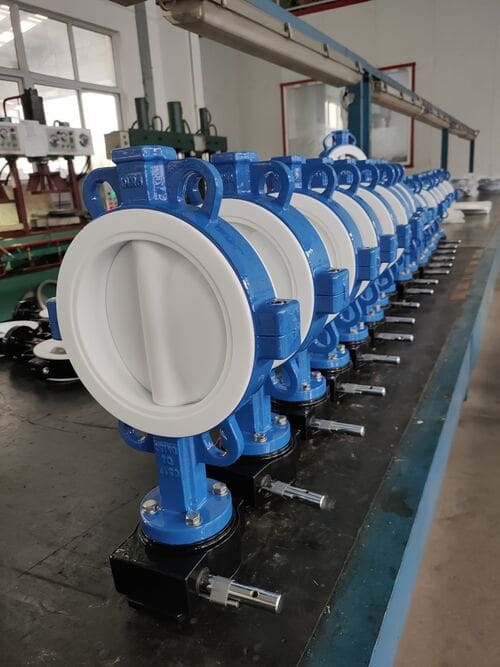
The role of the main components and their working principle
Valve body: the main pressure-bearing part of the valve, with shell strength test
Valve disc: the main component to stop fluid
Valve seat: increase the internal tightness of the pipe diameter
Stem: the drive rod connecting the handle and the valve plate
Handle: manual drive device to control the opening and closing of the valve.
Main material
Part name: Valve body, Valve stem, Valve disc, Valve seat
Available materials: Ductile iron, WCB, copper, Nodular cast iron, 45#, 304 stainless steel, cast iron, 304 stainless steel, 316 stainless steel, 316L stainless steel, rubber-lined sheet, nylon sheet, desulfurization sheet EPDM, tetrafluoroethylene
| Part Name | Valve body | Shaft | Disc | Valve Seat |
| Material | Ductile iron, WCB, CF8, CF8M | 45# steel, SS304, SS316, SS316L | Ductile iron, SS304 , SS316 , SS316L, | EPDM, NBR, PTFE, |

